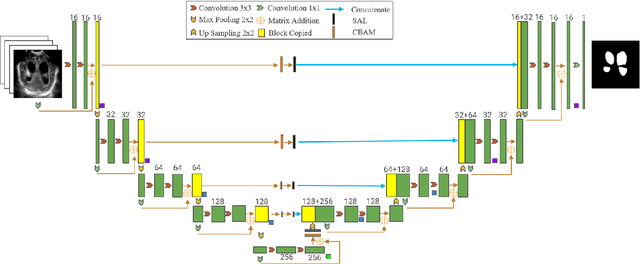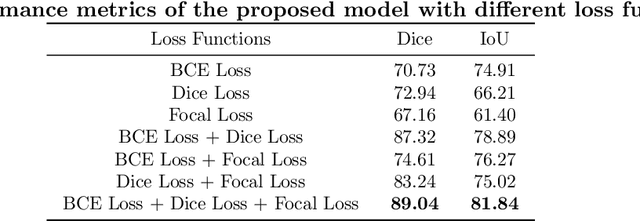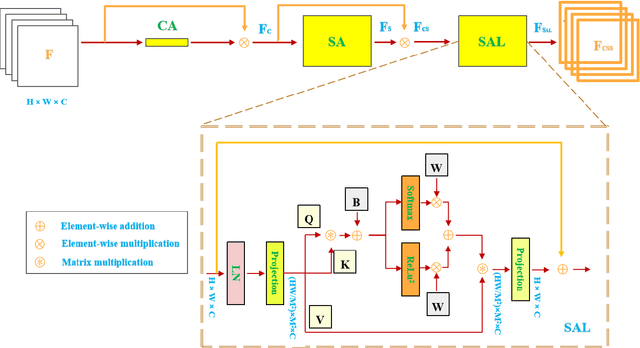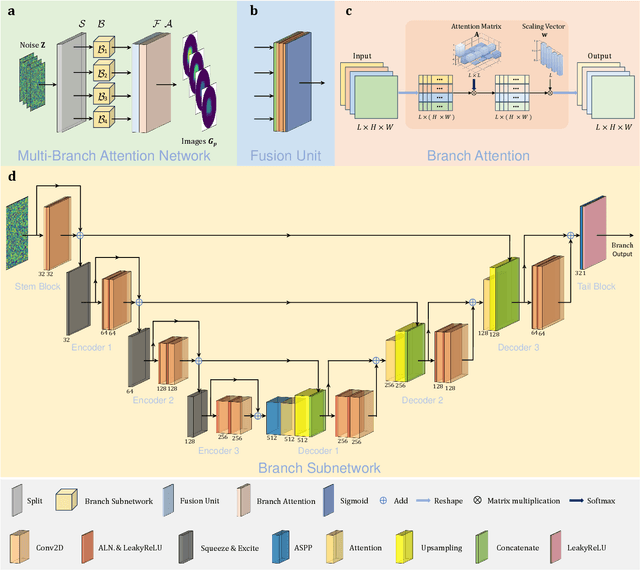Yi Feng
Reframe Your Life Story: Interactive Narrative Therapist and Innovative Moment Assessment with Large Language Models
Jul 27, 2025Abstract:Recent progress in large language models (LLMs) has opened new possibilities for mental health support, yet current approaches lack realism in simulating specialized psychotherapy and fail to capture therapeutic progression over time. Narrative therapy, which helps individuals transform problematic life stories into empowering alternatives, remains underutilized due to limited access and social stigma. We address these limitations through a comprehensive framework with two core components. First, INT (Interactive Narrative Therapist) simulates expert narrative therapists by planning therapeutic stages, guiding reflection levels, and generating contextually appropriate expert-like responses. Second, IMA (Innovative Moment Assessment) provides a therapy-centric evaluation method that quantifies effectiveness by tracking "Innovative Moments" (IMs), critical narrative shifts in client speech signaling therapy progress. Experimental results on 260 simulated clients and 230 human participants reveal that INT consistently outperforms standard LLMs in therapeutic quality and depth. We further demonstrate the effectiveness of INT in synthesizing high-quality support conversations to facilitate social applications.
PILOC: A Pheromone Inverse Guidance Mechanism and Local-Communication Framework for Dynamic Target Search of Multi-Agent in Unknown Environments
Jul 10, 2025Abstract:Multi-Agent Search and Rescue (MASAR) plays a vital role in disaster response, exploration, and reconnaissance. However, dynamic and unknown environments pose significant challenges due to target unpredictability and environmental uncertainty. To tackle these issues, we propose PILOC, a framework that operates without global prior knowledge, leveraging local perception and communication. It introduces a pheromone inverse guidance mechanism to enable efficient coordination and dynamic target localization. PILOC promotes decentralized cooperation through local communication, significantly reducing reliance on global channels. Unlike conventional heuristics, the pheromone mechanism is embedded into the observation space of Deep Reinforcement Learning (DRL), supporting indirect agent coordination based on environmental cues. We further integrate this strategy into a DRL-based multi-agent architecture and conduct extensive experiments. Results show that combining local communication with pheromone-based guidance significantly boosts search efficiency, adaptability, and system robustness. Compared to existing methods, PILOC performs better under dynamic and communication-constrained scenarios, offering promising directions for future MASAR applications.
Continuous-Time Analysis of Heavy Ball Momentum in Min-Max Games
May 26, 2025Abstract:Since Polyak's pioneering work, heavy ball (HB) momentum has been widely studied in minimization. However, its role in min-max games remains largely unexplored. As a key component of practical min-max algorithms like Adam, this gap limits their effectiveness. In this paper, we present a continuous-time analysis for HB with simultaneous and alternating update schemes in min-max games. Locally, we prove smaller momentum enhances algorithmic stability by enabling local convergence across a wider range of step sizes, with alternating updates generally converging faster. Globally, we study the implicit regularization of HB, and find smaller momentum guides algorithms trajectories towards shallower slope regions of the loss landscapes, with alternating updates amplifying this effect. Surprisingly, all these phenomena differ from those observed in minimization, where larger momentum yields similar effects. Our results reveal fundamental differences between HB in min-max games and minimization, and numerical experiments further validate our theoretical results.
Dual Attention Residual U-Net for Accurate Brain Ultrasound Segmentation in IVH Detection
May 23, 2025



Abstract:Intraventricular hemorrhage (IVH) is a severe neurological complication among premature infants, necessitating early and accurate detection from brain ultrasound (US) images to improve clinical outcomes. While recent deep learning methods offer promise for computer-aided diagnosis, challenges remain in capturing both local spatial details and global contextual dependencies critical for segmenting brain anatomies. In this work, we propose an enhanced Residual U-Net architecture incorporating two complementary attention mechanisms: the Convolutional Block Attention Module (CBAM) and a Sparse Attention Layer (SAL). The CBAM improves the model's ability to refine spatial and channel-wise features, while the SAL introduces a dual-branch design, sparse attention filters out low-confidence query-key pairs to suppress noise, and dense attention ensures comprehensive information propagation. Extensive experiments on the Brain US dataset demonstrate that our method achieves state-of-the-art segmentation performance, with a Dice score of 89.04% and IoU of 81.84% for ventricle region segmentation. These results highlight the effectiveness of integrating spatial refinement and attention sparsity for robust brain anatomy detection. Code is available at: https://github.com/DanYuan001/BrainImgSegment.
MAGI: Multi-Agent Guided Interview for Psychiatric Assessment
Apr 25, 2025Abstract:Automating structured clinical interviews could revolutionize mental healthcare accessibility, yet existing large language models (LLMs) approaches fail to align with psychiatric diagnostic protocols. We present MAGI, the first framework that transforms the gold-standard Mini International Neuropsychiatric Interview (MINI) into automatic computational workflows through coordinated multi-agent collaboration. MAGI dynamically navigates clinical logic via four specialized agents: 1) an interview tree guided navigation agent adhering to the MINI's branching structure, 2) an adaptive question agent blending diagnostic probing, explaining, and empathy, 3) a judgment agent validating whether the response from participants meet the node, and 4) a diagnosis Agent generating Psychometric Chain-of- Thought (PsyCoT) traces that explicitly map symptoms to clinical criteria. Experimental results on 1,002 real-world participants covering depression, generalized anxiety, social anxiety and suicide shows that MAGI advances LLM- assisted mental health assessment by combining clinical rigor, conversational adaptability, and explainable reasoning.
The Tenth NTIRE 2025 Efficient Super-Resolution Challenge Report
Apr 14, 2025Abstract:This paper presents a comprehensive review of the NTIRE 2025 Challenge on Single-Image Efficient Super-Resolution (ESR). The challenge aimed to advance the development of deep models that optimize key computational metrics, i.e., runtime, parameters, and FLOPs, while achieving a PSNR of at least 26.90 dB on the $\operatorname{DIV2K\_LSDIR\_valid}$ dataset and 26.99 dB on the $\operatorname{DIV2K\_LSDIR\_test}$ dataset. A robust participation saw \textbf{244} registered entrants, with \textbf{43} teams submitting valid entries. This report meticulously analyzes these methods and results, emphasizing groundbreaking advancements in state-of-the-art single-image ESR techniques. The analysis highlights innovative approaches and establishes benchmarks for future research in the field.
Langevin Multiplicative Weights Update with Applications in Polynomial Portfolio Management
Feb 26, 2025Abstract:We consider nonconvex optimization problem over simplex, and more generally, a product of simplices. We provide an algorithm, Langevin Multiplicative Weights Update (LMWU) for solving global optimization problems by adding a noise scaling with the non-Euclidean geometry in the simplex. Non-convex optimization has been extensively studied by machine learning community due to its application in various scenarios such as neural network approximation and finding Nash equilibrium. Despite recent progresses on provable guarantee of escaping and avoiding saddle point (convergence to local minima) and global convergence of Langevin gradient based method without constraints, the global optimization with constraints is less studied. We show that LMWU algorithm is provably convergent to interior global minima with a non-asymptotic convergence analysis. We verify the efficiency of the proposed algorithm in real data set from polynomial portfolio management, where optimization of a highly non-linear objective function plays a crucial role.
ViPOcc: Leveraging Visual Priors from Vision Foundation Models for Single-View 3D Occupancy Prediction
Dec 15, 2024Abstract:Inferring the 3D structure of a scene from a single image is an ill-posed and challenging problem in the field of vision-centric autonomous driving. Existing methods usually employ neural radiance fields to produce voxelized 3D occupancy, lacking instance-level semantic reasoning and temporal photometric consistency. In this paper, we propose ViPOcc, which leverages the visual priors from vision foundation models (VFMs) for fine-grained 3D occupancy prediction. Unlike previous works that solely employ volume rendering for RGB and depth image reconstruction, we introduce a metric depth estimation branch, in which an inverse depth alignment module is proposed to bridge the domain gap in depth distribution between VFM predictions and the ground truth. The recovered metric depth is then utilized in temporal photometric alignment and spatial geometric alignment to ensure accurate and consistent 3D occupancy prediction. Additionally, we also propose a semantic-guided non-overlapping Gaussian mixture sampler for efficient, instance-aware ray sampling, which addresses the redundant and imbalanced sampling issue that still exists in previous state-of-the-art methods. Extensive experiments demonstrate the superior performance of ViPOcc in both 3D occupancy prediction and depth estimation tasks on the KITTI-360 and KITTI Raw datasets. Our code is available at: \url{https://mias.group/ViPOcc}.
Multi-frequency Electrical Impedance Tomography Reconstruction with Multi-Branch Attention Image Prior
Sep 17, 2024



Abstract:Multi-frequency Electrical Impedance Tomography (mfEIT) is a promising biomedical imaging technique that estimates tissue conductivities across different frequencies. Current state-of-the-art (SOTA) algorithms, which rely on supervised learning and Multiple Measurement Vectors (MMV), require extensive training data, making them time-consuming, costly, and less practical for widespread applications. Moreover, the dependency on training data in supervised MMV methods can introduce erroneous conductivity contrasts across frequencies, posing significant concerns in biomedical applications. To address these challenges, we propose a novel unsupervised learning approach based on Multi-Branch Attention Image Prior (MAIP) for mfEIT reconstruction. Our method employs a carefully designed Multi-Branch Attention Network (MBA-Net) to represent multiple frequency-dependent conductivity images and simultaneously reconstructs mfEIT images by iteratively updating its parameters. By leveraging the implicit regularization capability of the MBA-Net, our algorithm can capture significant inter- and intra-frequency correlations, enabling robust mfEIT reconstruction without the need for training data. Through simulation and real-world experiments, our approach demonstrates performance comparable to, or better than, SOTA algorithms while exhibiting superior generalization capability. These results suggest that the MAIP-based method can be used to improve the reliability and applicability of mfEIT in various settings.
An Efficient Convex-Hull Relaxation Based Algorithm for Multi-User Discrete Passive Beamforming
Jul 30, 2024Abstract:Intelligent reflecting surface (IRS) is an emerging technology to enhance spatial multiplexing in wireless networks. This letter considers the discrete passive beamforming design for IRS in order to maximize the minimum signal-to-interference-plus-noise ratio (SINR) among multiple users in an IRS-assisted downlink network. The main design difficulty lies in the discrete phase-shift constraint. Differing from most existing works, this letter advocates a convex-hull relaxation of the discrete constraints which leads to a continuous reformulated problem equivalent to the original discrete problem. This letter further proposes an efficient alternating projection/proximal gradient descent and ascent algorithm for solving the reformulated problem. Simulation results show that the proposed algorithm outperforms the state-of-the-art methods significantly.
* 5 pages
 Add to Chrome
Add to Chrome Add to Firefox
Add to Firefox Add to Edge
Add to Edge